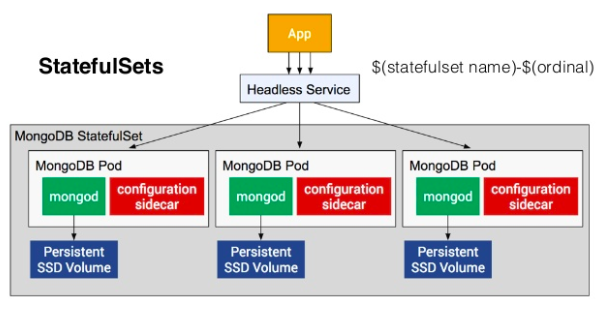
- DOCKER INSTALL MONGO EXAMPLE HOW TO
- DOCKER INSTALL MONGO EXAMPLE FULL
- DOCKER INSTALL MONGO EXAMPLE CODE
Then, I’m telling it that I want to build a container called api using the image webapp-api (which is the image we defined on our API Dockerfile) that will be listening on port 9000. You should read all about docker-compose here.īasically, I’m telling Docker that I want to build a container called client, using the image webapp-client (which is the image we defined on our Client Dockerfile) that will be listening on port 3000. api:/api - /api/node_modules depends_on: - mongodb networks: webappnetwork client:/client - /client/node_modules links: - api networks: webappnetwork api: image: webapp-api restart: always ports: - "9000:9000" volumes:. Version: "2" services: client: image: webapp-client restart: always ports: - "3000:3000" volumes:.
DOCKER INSTALL MONGO EXAMPLE CODE

Let me show you how simple it is to use it: Compose is a tool for defining and running multi-container Docker applications. In our case we have 3 containers to manage, so we will use docker-compose instead. You could run each individual container using the Dokerfiles. This will instruct docker to build an image (using these configurations) for our API. api/ # Make port 80 available to the world outside this containerEXPOSE 80 # Run the app when the container launchesCMD # Use a lighter version of Node as a parent imageFROM mhart/alpine-node:8.11.4 # Set the working directory to /apiWORKDIR /api # copy package.json into the container at /apiCOPY package*.json /api/ # install dependenciesRUN npm install # Copy the current directory contents into the container at /apiCOPY.

To build our API image you will be needing another Dockerfile. This will instruct docker to build an image (using these configurations) for our Client. client/ # Make port 3000 available to the world outside this containerEXPOSE 3000 # Run the app when the container launchesCMD

# Use a lighter version of Node as a parent imageFROM mhart/alpine-node:8.11.4 # Set the working directory to /clientWORKDIR /client # copy package.json into the container at /clientCOPY package*.json /client/ # install dependenciesRUN npm install # Copy the current directory contents into the container at /clientCOPY.

This makes containers very light, fast and secure.Ĭontainers are also meant to be disposable. It lets you run apps inside containers that are mostly isolated from “everything”.Įach container is like an individual virtual machine stripped out of everything that is not needed to run your app. Why should you care about Docker?ĭocker is simply one of the most important technologies at the moment.
DOCKER INSTALL MONGO EXAMPLE HOW TO
The objective is to give you a practical guide of how to containerize this simple Full-Stack App, to be used as a starting point, for you to build your own apps. Instead, I will leave links, in case you want to learn more about any of them. I won’t go into much detail about how to work with any of the technologies. In this tutorial, I will guide you through the process of containerizing a React FrontEnd, a Node/ Express API, and a MongoDB database using Docker containers in a very simple way.
DOCKER INSTALL MONGO EXAMPLE FULL
By João Henrique How to create a full stack React/Express/MongoDB app using Docker “assorted-color filed intermodal containers” by frank mckenna on Unsplash


 0 kommentar(er)
0 kommentar(er)
